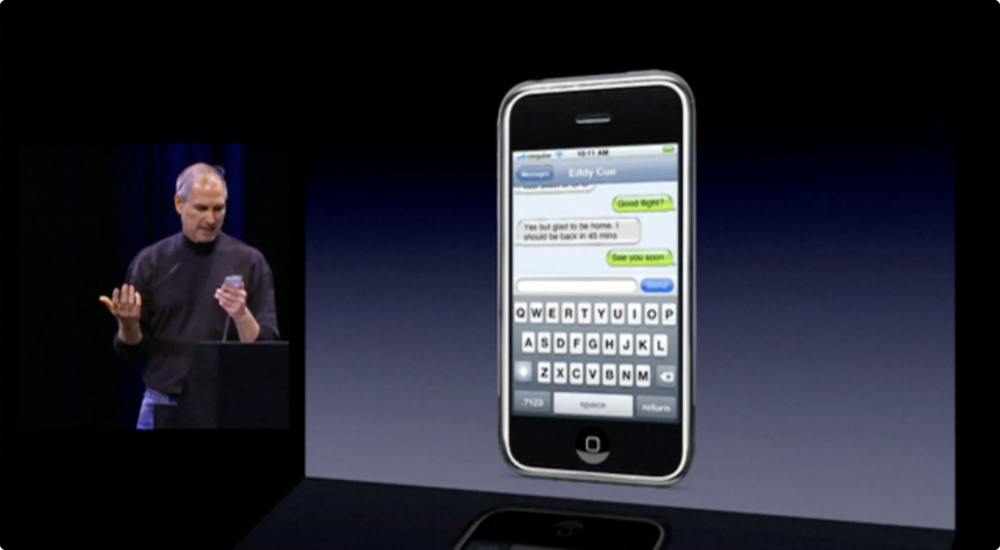A headline from MacRumors: “AirPods Pro 2 Likely to Feature Almost Exact Same Design, Contrary to ‘Stemless’ Rumors”.
Whenever I see a reference to Apple “rumors” like this, I always ask: What rumors?
This MacRumors article, of course, doesn’t actually link to any sources for this claim, trustworthy or otherwise, since (a) writers don’t do the due diligence of adding links to their stories anymore, and (b) most tech blogs are just SEO link farms and Amazon affiliate spam.
So I tried to find out myself: Where did this rumor start? I searched my feeds for “airpods stemless” and found a few references in Macworld, here:
According to LeaksApplePro (writing for iDropNews), the upcoming AirPods Pro will bring…a new stemless design that fits flush in the ear…
Ah, yes, the venerable “LeaksApplePro” and “iDropNews,” of course.
But also, here:
Bloomberg’s Mark Gurman, for example, believes that the new AirPods Pro will have no stems, in a radical step. He said in a May 2021 report that the new AirPods Pro may not feature shafts, following a similar design to the Beats Studio Buds or the Beats Fit Pro.
Ah, ok, Mark Gurman. People seem to take what he says seriously enough that a brief mention by him becomes canon. But, of course, this Macworld story doesn’t link to that “May 2021 report”; if Gurman said it, then it is just a Fact In The World that needs no citation.
So what did he actually say? I found another source that brought me a little closer, from GSMArena.com in May 2021:
The AirPods Pro 2 will have no stems at all. The design is supposed to debut with new a Beats headset expected next month…
So we’re somewhere between “may not feature shafts” and “will have no stems at all.” Does journalistic stalwart GSMArena.com link directly to this report? Sadly but predictably not.
So it seems as though we’re possibly looking at a single Mark Gurman quote from May 2021 as the reason anybody is expecting stemless AirProds Pro. Helping this, of course, is the fact that people will believe and continue to spread just about any Apple rumors they hear, especially when it comes to a change in form factor, and especially when that change in form factor aligns with something they think Apple “ought” to do — never considering, in this case, that (a) truly stemless AirPods would be more difficult to handle (you think they’re easy to lose now?), and that (b) the AirPods stems are one of the most iconic and recognizable pieces of Apple design in the last decade.
GSMArena.com did, however, link to bloomberg dot com slash technology, so taking a look at that in the Wayback Machine, I was finally able to locate the infallible words of the Great Oracle. Here’s the quote in question, from Bloomberg:
For the new AirPods Pro, Apple has also tested a smaller design that eliminates the stems. That look will debut on new Beats-branded wireless earbuds planned to be announced next month.
“HAS ALSO TESTED.” This is the reason that it necessitates a headline, over a year later, dispelling the now virtually established fact that of course the next AirPods Pro will be stemless, everybody knows that, and if not, Apple is really just continuing to spin their wheels, aren’t they? Where’s the innovation coming out of Cupertino?
Am I right?
